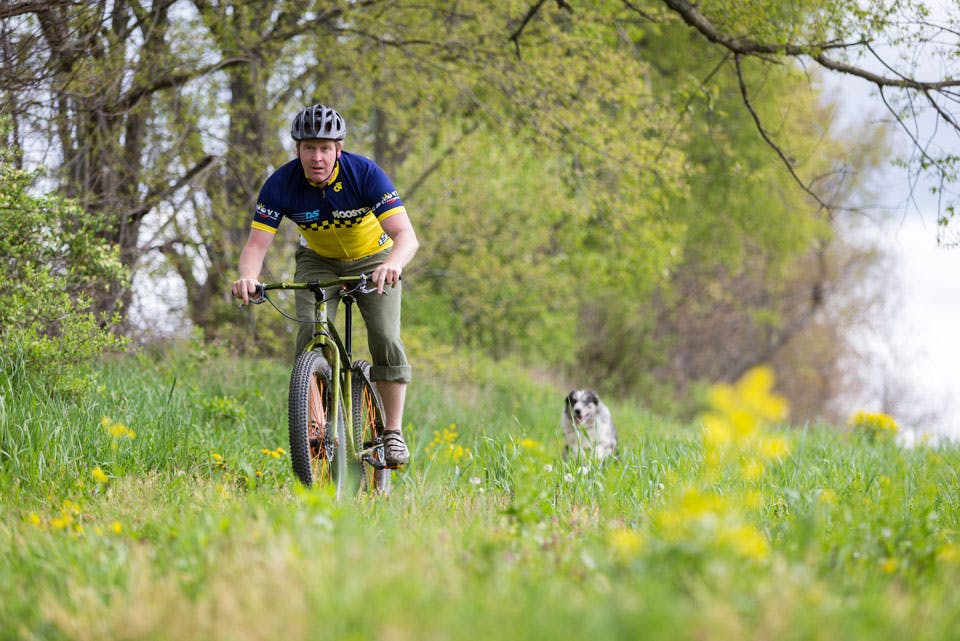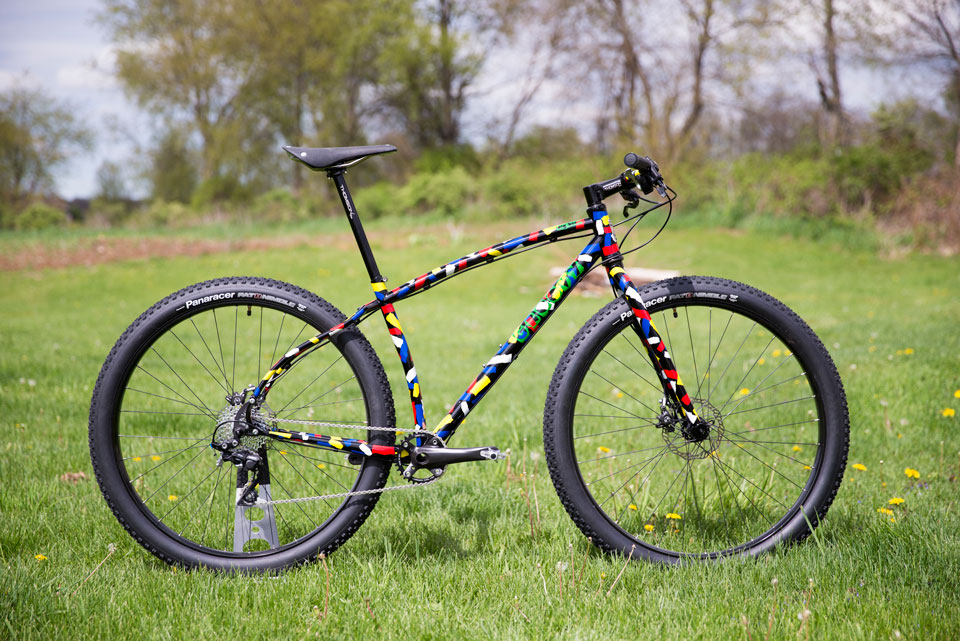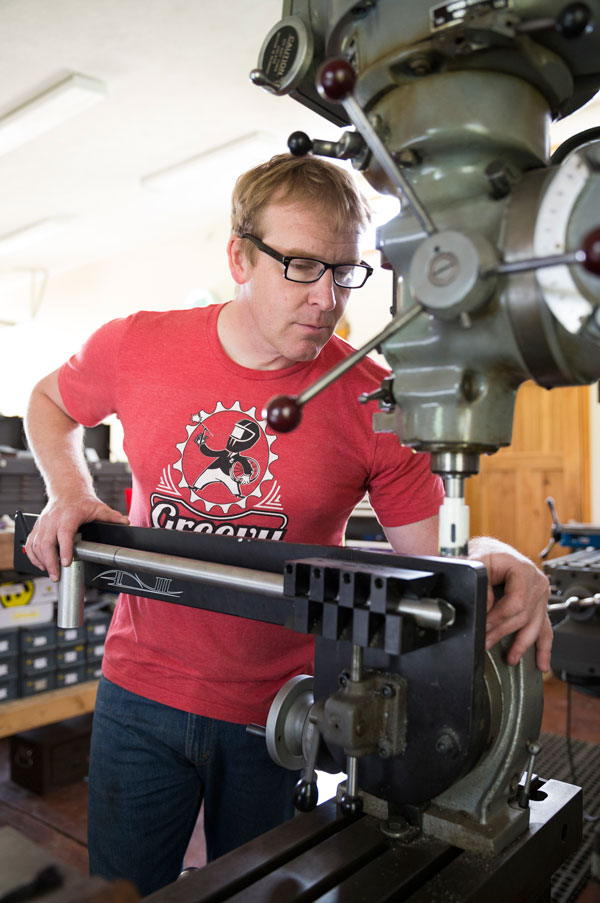Ohio Life
Wooster’s Groovy Cycleworks Offers a Bicycle Built for You
Once you see Rody Walter’s creations, you’ll understand why his waiting list is measured not in months but years.
Related Articles

The Handcrafted Leather Goods of Cincinnati’s Baqette
Quinn McIlhargey-Nicholson and her team make high-quality goods that are both functional and fashionable. READ MORE >>

The Colorful Creations of Cleveland’s Sun Parlor Studio
Ceramicist Megan Young adds warm hues to everyday objects by way of her Sun Parlor Studio pottery pieces. READ MORE >>

Sun Bent Studio Creates Rainbows for Your Home
Columbus-based artist Nicole Derifield-West harnesses the power of light and spreads joy with her delicate crystal and metal and creations. READ MORE >>





